A
| Gemstone | Origins | Images |
|---|---|---|
| Actinolite | Canada, USA, Austria, Russia | 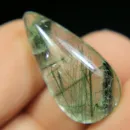 |
| Amazonite | Russia, USA, Brazil | 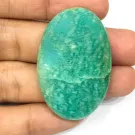 |
| Amblygonite | USA, Brazil, Namibia | 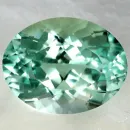 |
| Apatite | Brazil, Madagascar, Mexico, Canada | 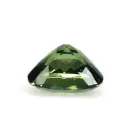 |
| Aventurine | India, Russia, Brazil | 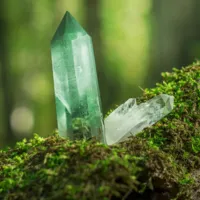 |
B
| Gemstone | Origins | Images |
|---|---|---|
| Bloodstone | India, Brazil, Australia | 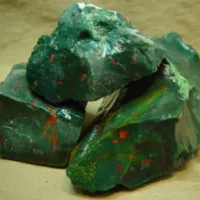 |
| Bowenite | New Zealand, China, USA | 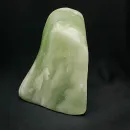 |
C
| Gemstone | Origins | Images |
|---|---|---|
| Chrysoberyl | Brazil, Sri Lanka, Madagascar | 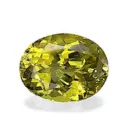 |
| Chrysoprase | Australia, Tanzania, USA | 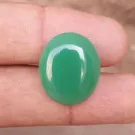 |
| Chrome Diopside | Russia, Pakistan, South Africa | 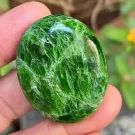 |
| Chrome Tourmaline | Tanzania, Kenya, Nigeria | 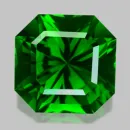 |
D
| Gemstone | Origins | Images |
|---|---|---|
| Demantoid Garnet | Russia, Namibia, Madagascar | 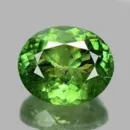 |
| Dioptase | Democratic Republic of Congo, Namibia, Kazakhstan | 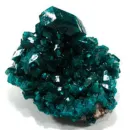 |
E
| Gemstone | Origins | Images |
|---|---|---|
| Emerald | Colombia, Zambia, Brazil, Afghanistan | 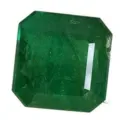 |
| Epidote | Austria, Pakistan, Brazil | 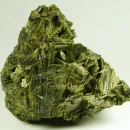 |
F
| Gemstone | Origins | Images |
|---|---|---|
| Fluorite | China, UK, USA, Mexico | 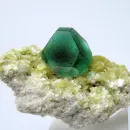 |
G
| Gemstone | Origins | Images |
|---|---|---|
| Green Beryl | Brazil, Russia, Pakistan | 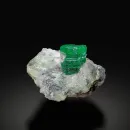 |
| Green Garnet (Tsavorite) | Tanzania, Kenya | 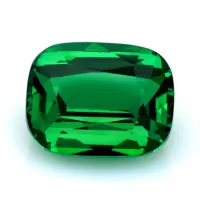 |
| Green Sapphire | Sri Lanka, Madagascar, Thailand | 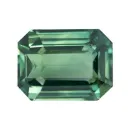 |
| Green Tourmaline | Brazil, Mozambique, Afghanistan | 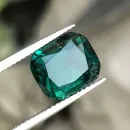 |
| Grossular Garnet | Tanzania, Kenya, Sri Lanka | 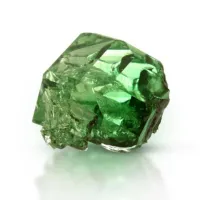 |
H
| Gemstone | Origins | Images |
|---|---|---|
| Hiddenite | USA (North Carolina), Brazil |  |
J
| Gemstone | Origins | Images |
|---|---|---|
| Jade (Jadeite, Nephrite) | Myanmar, China, Guatemala, Canada | 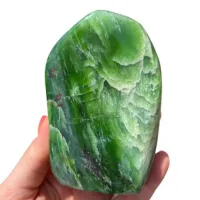 |
| Jasper (Green varieties) | Australia, USA, South Africa | 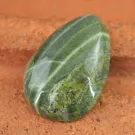 |
K
| Gemstone | Origins | Images |
|---|---|---|
| Kornerupine | Madagascar, Tanzania | 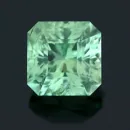 |
M
| Gemstone | Origins | Images |
|---|---|---|
| Malachite | Democratic Republic of Congo, Zambia, Namibia | 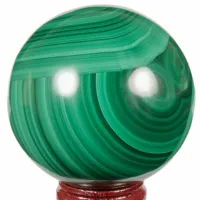 |
| Maw Sit Sit | Myanmar | 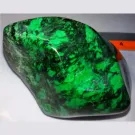 |
| Moldavite | Czech Republic | 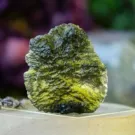 |
| Moss Agate | India, USA, Brazil | 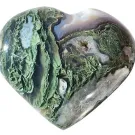 |
O
| Gemstone | Origins | Images |
|---|---|---|
| Olivine (Peridot) | USA (Arizona), Pakistan, Myanmar |  |
P
| Gemstone | Origins | Images |
|---|---|---|
| Prasiolite | Brazil, Poland, Tanzania | 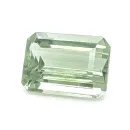 |
| Prehnite | South Africa, Australia, USA | 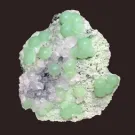 |
S
| Gemstone | Origins | Images |
|---|---|---|
| Serpentine | Russia, USA, China | 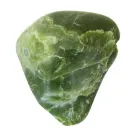 |
| Smaragdite | Italy, USA, Brazil | 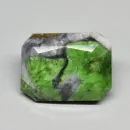 |
| Smithsonite | USA, Mexico, Namibia | 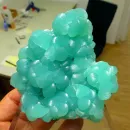 |
| Sphene (Titanite) | Brazil, Madagascar, Canada | 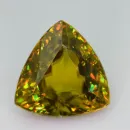 |
T
| Gemstone | Origins | Images |
|---|---|---|
| Tsavorite | Tanzania, Kenya |  |
| Tourmaline (Green varieties) | Brazil, Mozambique, Nigeria | 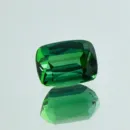 |
U
| Gemstone | Origins | Images |
|---|---|---|
| Uvarovite Garnet | Russia, Finland | 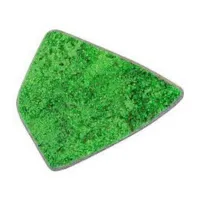 |
 Green Gemstones FAQ
Green Gemstones FAQ
1. What gemstones are green in color?
Green gemstones come in many varieties, including emerald, jade, peridot, green sapphire, tsavorite garnet, malachite, aventurine, and tourmaline. Each has its own unique shade of green, from deep forest tones to bright lime hues.
The most valuable green gemstone is typically the emerald, especially those with deep green color and high clarity. Tsavorite garnet and fine green sapphires are also considered premium options due to their rarity and brilliance.
Most green gemstones occur naturally, but lab-created options are also available. Natural stones are mined and may include inclusions, while synthetic gems are grown in labs to mimic natural appearance but often cost less.
For daily wear, choose green gemstones with high hardness and durability like green sapphire, tsavorite, and chrysoberyl. These stones are resistant to scratches and damage, making them ideal for rings or bracelets.
Green gemstones are often associated with growth, renewal, balance, and the heart chakra. Many believe they help promote emotional healing, prosperity, and calm energy.
Some green gemstones, like peridot or malachite, may fade or get damaged with prolonged exposure to sunlight or harsh chemicals. It’s best to store them away from direct light and clean them gently with a soft cloth.
No, jade and emerald are different gemstones. Emerald is a type of beryl, while jade refers to either jadeite or nephrite. Both are green, but they differ in composition, appearance, and hardness.
Light green stones like peridot or aventurine have a brighter, more casual look, while dark green stones like emerald or green tourmaline offer a deeper, richer tone, often preferred in fine jewelry.
Consider the shade of green you like, the stone’s durability, your budget, and any spiritual benefits you may value. For example, if you want a stone for emotional healing, jade is a great choice. For elegance, go with emerald.
Some green gemstones are rare, especially high-quality emeralds, tsavorites, and demantoid garnets. Others, like aventurine or peridot, are more abundant and budget-friendly.
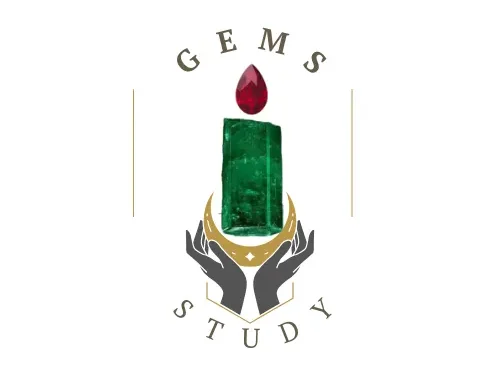

 Arabic
Arabic Chinese (Simplified)
Chinese (Simplified) Dutch
Dutch English
English French
French German
German Hindi
Hindi Italian
Italian Portuguese
Portuguese Russian
Russian Spanish
Spanish Urdu
Urdu